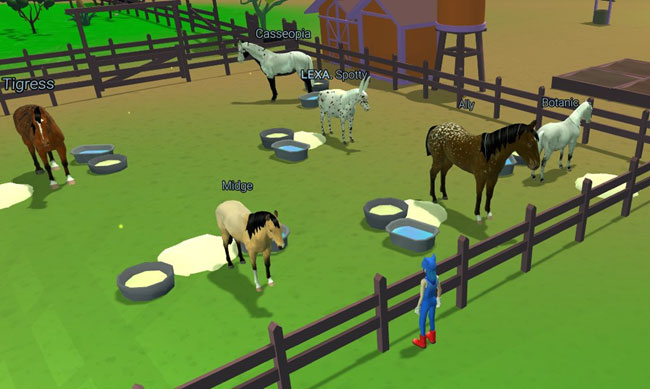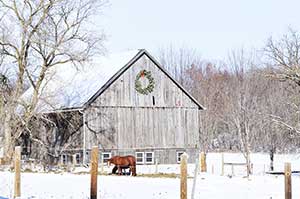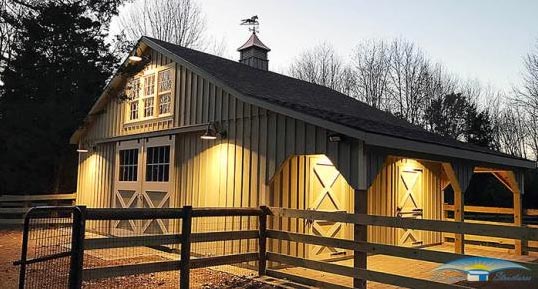
Horse simulator games have always stood out. After all, where other horse-themed releases might contain cowboys wielding weapons and even superhero-like characters riding into battle, they don’t necessarily hit the mark when it comes to realism. That’s where simulator games differ given their more authentic aspect, which focuses on elements people can relate to, be it roping or even the health aspect of horse management.
Thankfully, for horse lovers, there are some truly enticing gaming products to get through in this somewhat niche category. These games are shining in a genre that has already seen the likes of Pragmatic Play’s Mustang Gold record big success, a game which takes place on the red rock canyons of an American prairie, where the grass is dry and horses roam freely.
Likewise, Red Dead Redemption 2 is still being enjoyed today, with gamers enjoying riding around on horseback in what can only be described as an action-adventure masterpiece.
While the aforementioned games certainly have their plus points, horse simulator releases tend to provide a more authentic escapade. They offer a true experience. Some titles in this area focus on horse racing, while others task players with looking after and caring for horses. The options vary, but there are certainly some viable products for every horse lover. Let’s take a look at some of the standout simulator games below.
Horse Isle
A free online game at the time of writing, Horse Isle involves players traversing a large map as they aim to capture wild horses, look after them, and then sell them on. Along the journey, you can raise funds to buy important items, interact with fellow players, own your very own ranch, and enjoy a range of other fun options that elevate the game’s offering further. A 2D flash title, Horse Isle doesn’t offer immaculate graphics and detailed levels to conquer, but it doesn’t really require it, given the game’s engaging premise.
Phar Lap Horse Racing Challenge
If you’re partial to a bit of horse racing, then you’ll certainly take to Phar Lap Horse Racing Challenge. Playable on a range of consoles, this visually pleasing title provides an authentic horse racing package as gamers become jockeys taking part in highly competitive races. There is far more to the game than just its racing aspect, though, with gaming audiences also having to breed their own horses, run their own racing facility, train horses, and loads more. If you’re interested in racing or even what it takes to become a racehorse owner, then Phar Lap Horse Racing Challenge is a video game you’ll adore.
Horse Haven: World Adventures

A game that has managed to achieve notable success on mobile, Horse Haven: World Adventures is essentially a virtual horse ranch title and village building game that will keep you firmly entertained. You have ranches to manage around the world, mini games to play, you can converse with other players through Facebook, and loads more. It’s a great game.
Windstorm: Ari’s Arrival
Accessible on PC, PlayStation, and Nintendo Switch, Windstorm: Ari’s Arrival offers a captivating story that will leave you firmly engaged from the offset. While this particular product probably isn’t as realistic as some of the other titles on the list, we had to include it, given its wonderful visuals and the game’s immaculate open-world aspect. Certainly an entertaining title, there are fun tasks and quests to smash through in this one, all while riding along with your horsey friend. Boasting crisp graphics and gameplay that are fairly straightforward to grasp, this top title warrants some attention.
Other options include Howrse, My Stable, and Star Stable.
You can find more interesting stories in our section on Racing & Wagering.



































